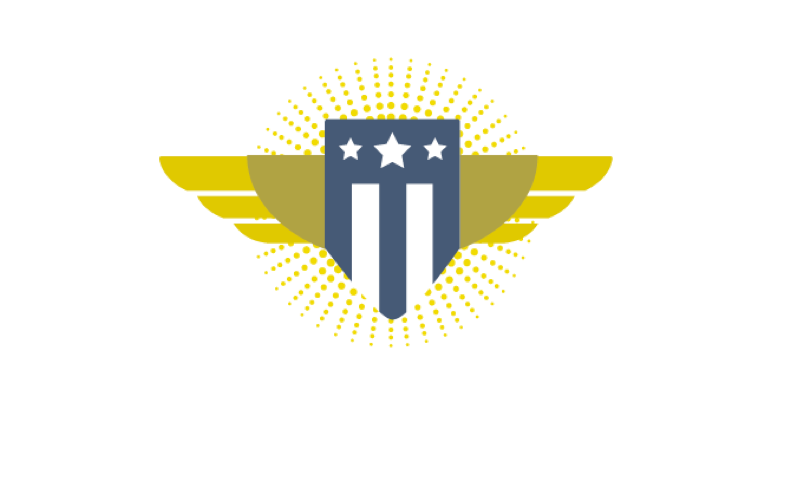Last August, when the U.S. Digital Services was announced, I wrote a blog post with 7 Ideas for the USDS.
Yesterday, the White House announced in their 2016 budget a $100M program to expand digital services teams into 25 agencies.
This is quite an impressive proposal and it also follows my first general tip for any new innovative program – make sure get resources so you’ll be able to execute.
However, what else can USDS do to ensure success in digital services as they grow?
Here are my four tips:
1) Focus on training: The USDS proposal mentioned training as a critical pice. That’s so important – now the key is figuring out what the tactics are around training (watching some YouTube videos and having an unconference won’t solve it all). The USDS should create two separate training concepts: one for current government folks to ramp up on digital services, and one for new outside talent to understand government. Establish a U.S. Digital bootcamp – a 6-week online bootcamp for current feds with sessions on agile development, human-centered design, metrics-based approach, all tied into action-based projects to apply the learning. A similar bootcamp should exist for those new to government who may know the digital side but not the government side with sessions on items like navigating FAR, Paperwork-reduction Act, as well as historical data on what citizens want from government. Make it high-quality, substantive, with true training credentials that you’d put on a resume (NTEN Tech Leadership Academy is a model I like).
2) Intrapraneurs: My #1 tip would be to have at least 30% of digital services team be folks in the current broad government IT world. There are over 2 million current feds and every day I personally meet hidden gems (Stanford CS engineers hidden in an agency, a Parsons-trained designer on a government contract). And that doesn’t even include the millions of state/local government IT folks. While it is awesome to get fresh new blood, you also need people who understand the bureaucracy, how to navigate an agency, have already chosen the calling of public service (great people like Haley Van Dyck and Sean Herron are good examples). Much like HHS IDEA Lab became a flagship for innovative internal people in HHS (and entrepreneurs-in-residence) to come to share innovative ideas and work on great projects, digital services should do same. Make sure the messaging around these programs feels inclusive to innovative current govies (vs. the concept that gov IT is broken and gov employees don’t have the chops to fix it).
3) Cross-promo of digital services: The easiest but biggest upside to improve digital services is to connect the disparate parts. Yes, you can do this in complex ways with a single identity layer and other important pieces. But at the simplest level, we should have a cross-referral services network in the flow (like how gov.uk promoted organ donation on vehicle registration page and got 350,000 more organ donors). If you are applying for a specific disaster relief grant at FEMA, we should show you other related grant options from other parts of FEMA, SBA, etc.
4) Really think about the ecosystem: The #1 goal of U.S. Digital Services is to deliver the best possible services to citizens. That doesn’t mean government should be building everything themselves – they should have top “tech IQ” like any large company to know whether to build internally, build with external vendors, leverage existing solutions, or customize existing solutions. To do that you need an amazing ecosystem incentivized correctly – GSA’s 18F agile RFI was a great start. Another innovative approach I like: pay-for-success (or shared-in savings model) – like NIC which offers free state government websites and gets paid through a sliver of the transaction of services. It’s a success – when more people like their digital services and then use digital services, they get paid more. Also, it’s hard for complete outsiders to totally understand the government ecosystem, so make sure you have a mix of people with historical knowledge of government IT (for example, you need both political appointees and folks who are career governments) combined with new fresh thinkers.
Bonus tip: Make sure each agency (or USDS broadly) has a small bucket of seed money. Knight Foundation and Sunlight Foundation drives lots of innovation with $10-35k prototype grants. HHS IDEA Lab draws a lot of internal innovation with $10k internal grants. Make a similar straight-forward simple process to seed-fund small R&D projects internally and externally. (Perhaps you could even use SBIR’s up to $150k phase 1 approach – just make it much easier on applicant and reporting.)




Leave a Reply
You must be logged in to post a comment.